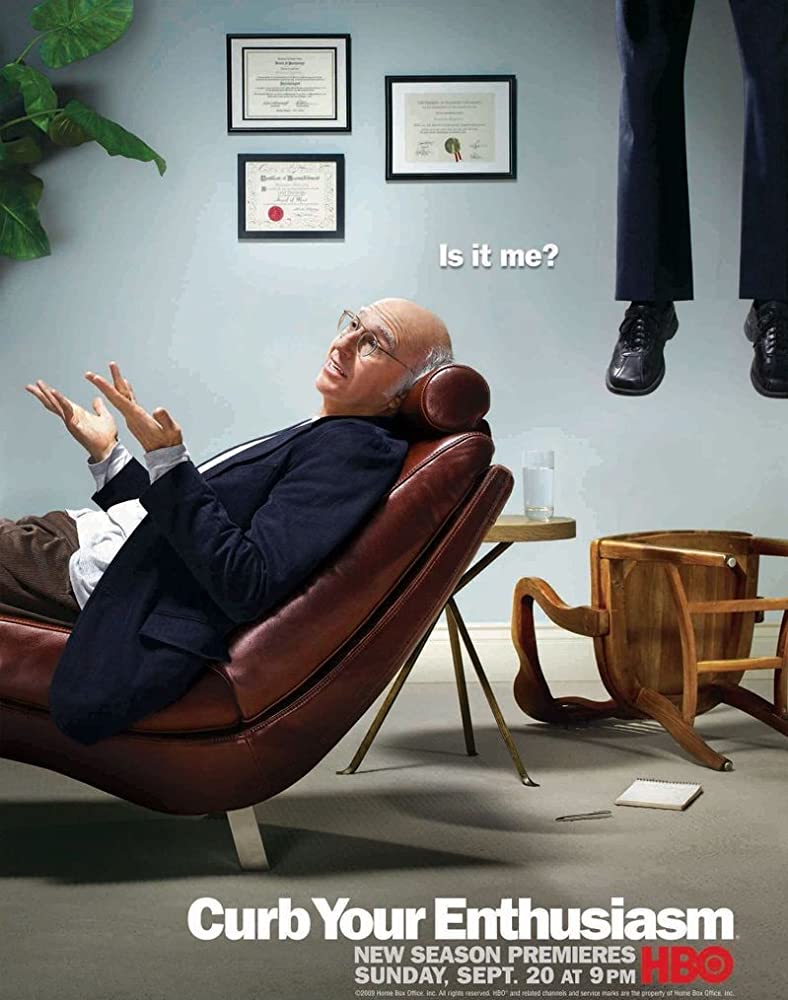Fargo turns 25 next year, and the Coens’ 1996 opus not only retains all of the power that I can only imagine it held upon release (I would have been 7 at the time), it actually ages better every time I watch it. More than any other film, Fargo lives in my brain like a parasite; the only film since with that kind of power is, fittingly enough, Parasite.
Fargo‘s brutality, much like Parasite‘s, invariably rests on the brutality of things to come. Starting with a long, snowy drive set to Carter Burwell’s menacingly spiraled score, the film dwells on the moments of quiet clarity that become puncuated by violent entanglements. Fargo both predicts the future and violently shatters its own predictions: the best laid plans, et cetera, et cetera. The tension between Jerry Lundegaard’s machinations and the outcome is only beginning as the film branches fractally outward into a series of thwarted intentions.
Surprisingly, what I find myself most identifying with The Coen’s impeccable script for Fargo is the work of Larry David. Seinfeld and Curb Your Enthusiasm luxuriate in their protagonists’ amorality and that special brand of Larry David nihilism: nothing matters, in both senses of the phrase.
But what Larry David and Fargo really share is a sense of consequences. Few auteurs besides David really grasp the way that stories can develop from the choices of their characters: choices and the kind of cosmic rhyming that dominates Seinfeld, Curb, and much of the Coens’ work as well, particularly O Brother, Where Art Thou? and The Hudsucker Proxy.
From the get-go, Fargo is deeply entangled in its protagonist’s consequences: Jerry Lundegaard (a pitch-perfectly squirrelly performance by William H. Macy, easily the finest in his career) is already implicitly drowning in debt and a failing attempt to commit fraud at his wealthy father-in-law’s car dealership, both scenarios set in motion before the film has begun. True to form, we never learn exactly how deep Lundegaard is, only how far he would go to dig himself out.

The rest is history: events spiral out of control and people wind up dead. An exemplary film noir, Fargo‘s progression was both fated and chosen by the characters at each turn, both chaotic and entirely predictable. Seinfeld and Curb are, in this sense, film noir at its most brutal.
Indeed, I will argue to the death with anyone that Curb Your Enthusiasm is as much a touchstone in neo-noir television as Twin Peaks; Larry David is a modern-day Walter Neff or, perhaps more accurately, Joe Gillis, a writer beset by a system seemingly designed to drive him as mad as those around him or else destroy him. In one of Curb‘s most memorable moments, Larry gets his revenge on an obnoxious neighbor with an impromptu orchestral performance outside his window; like Elliot Gould’s Philip Marlowe in The Long Goodbye (another film that resonates throughout my brain), Larry finishes his enemy with a forceful punctuation and a sense of embattled self-righteousness.
The worlds of Curb and Seinfeld are a bit like interpersonal nightmares, hellscapes predicated on one’s relationship to others being fraught with neuroses, misunderstandings, and intransigent personal quirks. Seinfeld picks apart relationships at the microscopic level and finds each one constantly ready to implode. But nothing ever changes: no one ever learns or grows. There was some aspect of serialization in Seinfeld, but really, it’s anti-television, consciously resisting any sense that one episode builds upon the previous.
The key moment in understanding Seinfeld is, fittingly, a moment that drove some viewers away: the death of Susan, George’s fiancée, and the gang’s utterly indifferent reaction to her passing. Despite Seinfeld‘s remarkably high body count, Susan’s death undoubtedly resonated the most because of her long-term presence on the show; that, and the fact that George (unwittingly) caused her demise. But Susan’s death just calcifies what we’ve known all along about the four principle characters and their view of the world: that death may well be the only escape from the nightmare of humanity and from the cyclical, endless hell that traps Jerry, George, Elaine, and Kramer.

Curb, by contrast, leans a bit more into the Quality TV (or whatever you call it) wave that followed Seinfeld, shows like The Sopranos and Sex and the City. But Larry still stubbornly maintains his ways no matter what comes across his path. The difference between Seinfeld and Curb is less the ability to say “fuck” than the way the world changes around Larry, even as he stands as still as possible.
Episode after episode Larry, like Jerry Lundegaard, invariably pulls himself deeper and deeper into webs of lies and social malpractice. But whereas Fargo ends with Jerry Lundegaard being pulled from a motel room, shrieking like a small child throwing a temper tantrum, Larry brushes off his misfortunes and even occasionally comes out on top.
Larry David is the modern-day hardboiled hero we need in 2020: not just because he has the innate capacity to say what no one else is willing to say, to gleefully break social norms (which might well be a kind of violence in our day and age), but because Larry David liberates viewers from the idea that we must suffer our smallest faults, foibles, and mistakes forever. Another day, another episode, another chain of events, and the previous will be lost to memory. While Seinfeld‘s much-maligned finale seemingly broke the show’s tradition of no consequences, it also raises the question less of the minutiae that preoccupied the series but of the characters in a broader sense, characters who refused to learn from their mistakes. Someday, perhaps in Curb‘s eventual finale, Larry will get his just desserts. For now, he’s an oft-overlooked anti-hero navigating his own personal hell: that is to say, a world filled with other people.
- Media Literacy Means Knowing Matt Walsh is a Mass Murderer - November 22, 2022
- Quarry and Archive - October 13, 2022
- Thoughts on ‘The People’s Joker’ - September 19, 2022
